I remember walking into a campsite in Kerry last year and feeling sorry for some of my neighbours. There were some fantastic setups but there were also a lot of people looking incredibly stressed and frustrated. In fact, one family was already arguing over the remote because yes, they had taken a television on their camping trip.
And each to their own, right? Of course.
But this also reminded me of why many people don’t enjoy their first spot of wild camping. Wild camping is far from being a science but it’s easy to spoil this experience by taking the wrong gear or failing to understand what makes it so enjoyable.
In this article, I talk about some wild camping tips for beginners and simple ideas that would have saved me a lot of hassles and discomfort when I started out.
10 Wild Camping Tips for Beginners that You Should Know
+ FREE Printable Wild Camping Checklist
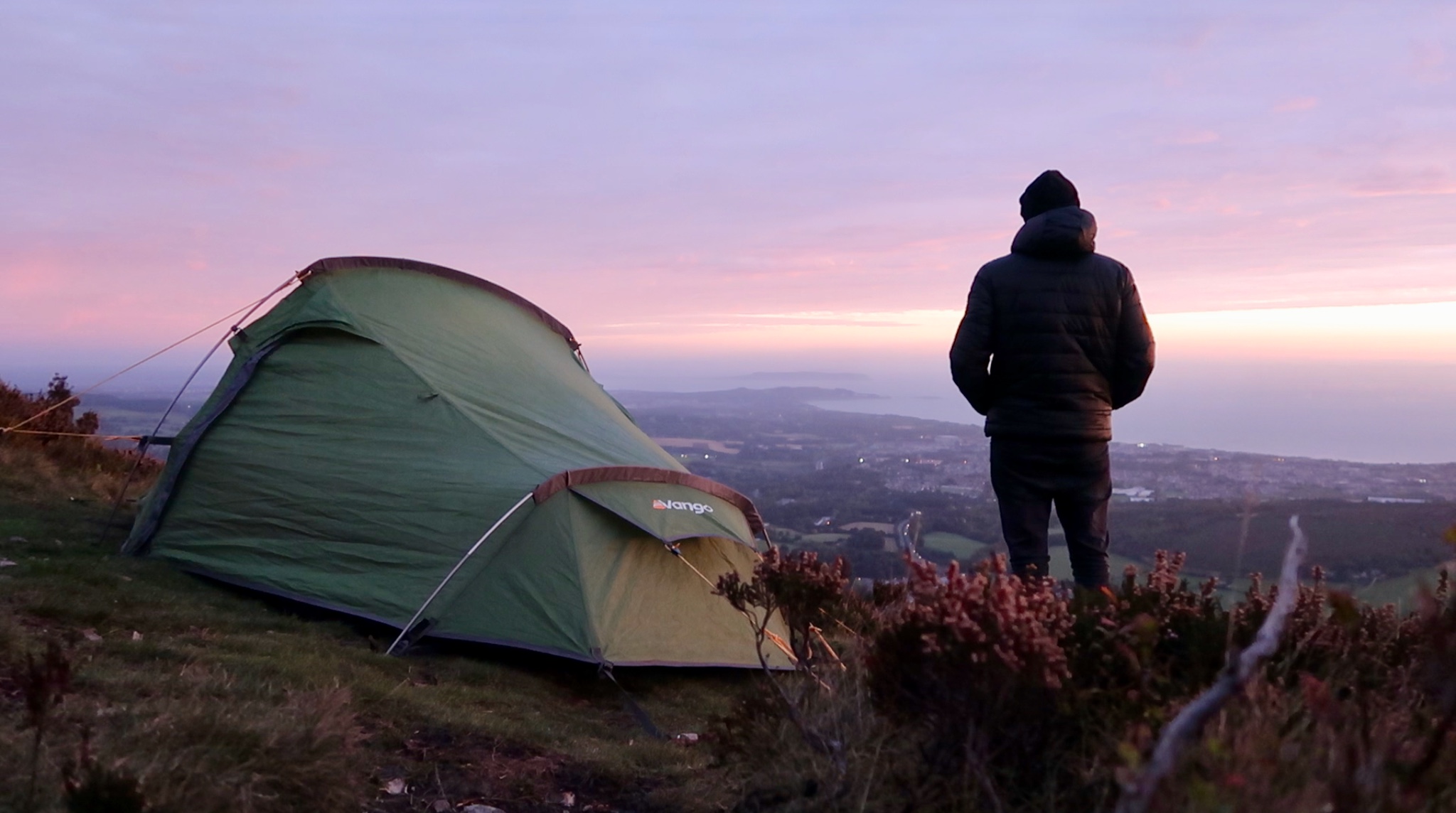
1. Pack Light and Only Take What You Need
Carrying too much gear was my first mistake when it comes to wild camping. I think that because I was so afraid, I compensated for this fear by carrying more gear than necessary. This not only meant carrying too much clothing but also too much food and accessories. For instance, I had three different torches and spare batteries for each one! Because I took this approach to multiple items, I ended up carrying more weight than during my hike on the Pacific Crest Trail a few years ago. I believe experience teaches everyone the same lessons about wild camping but it’s sometimes better to learn from others’ mistakes, rather than your own!
I’ll be outlining a basic packing list at the end of this post.
2. Make Sure You Have a Warm Sleep System/Gear
You just won’t enjoy a night of wild camping if you have an insufficient sleeping bag, which is why I have a different sleeping bag for the warm and cold weather months. But here’s a few ways in which I suggest you can keep warm and comfortable each and every night:
Bring thermal leggings and socks that you can wear if needed.
– Invest in a lightweight sleeping bag liner – they can add an insane amount of warmth.
– Wear a down jacket/puffy jacket in your sleeping bag on especially cold nights.
– Place a rain jacket over the foot area of your sleeping bag.
– Wear a beanie hat to sleep so that you won’t wake up with a cold head.
– Take an emergency foil blanket as a backup.
In short, it’s better to be too warm or a cold night of wild camping is just not enjoyable!
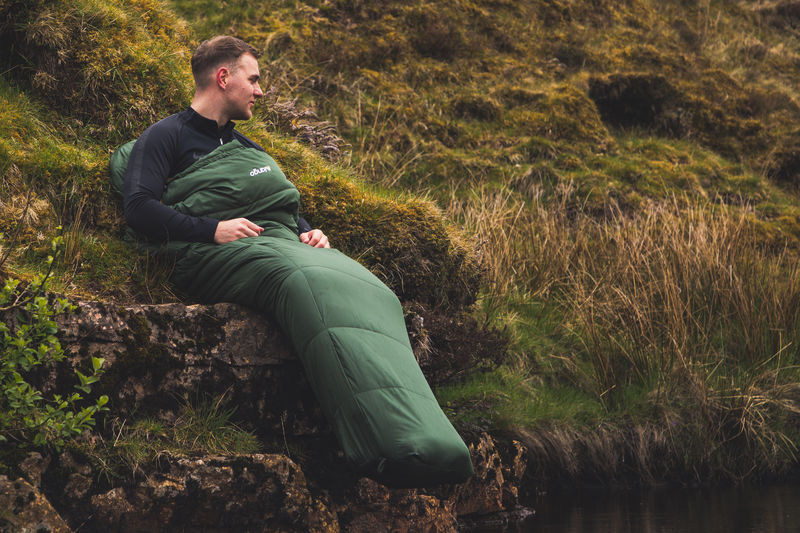
3. Choose a Suitable Tent for Wild Camping
I sometimes use a bivvy bag for wild camping and really enjoy the immersive experience they offer. But a bivvy bag is not always suitable and this is especially true during wet and windy conditions. For this reason, I most often use a one or two-man tent for wild camping in Ireland.
But what else should you consider when choosing a tent?
If you want the best chance of remaining unseen and to avoid the risk of being asked to move, a green or brown tent is the most discreet for obvious reasons.
Pick a tent that performs well in especially wet and windy conditions. I find a low profile works best because they are much less likely to shake like crazy or make noise in general.

4. Pitch Your Tent Before You Go Wild Camping in Ireland
I went wild camping on Dunree beach some years ago with a Vango Banshee 200. It’s my favourite tent for wild camping in Ireland and incredibly easy to pitch. However, I made the mistake of assuming this would be really quick and easy to set up for the first time.
It was getting dark and raining hard at the time. Due to these conditions and the onset of frustration, I spent a good hour trying to figure out how to pitch the tent properly and the rest of the night trying to get dry and warm myself up again.
It’s true, the tent is extremely easy to pitch. However, every tent design is different and the Vango Banshee 200 required a different approach than my other tents. Moral of the story? I could have avoided this disaster by pitching the tent in my backyard beforehand.
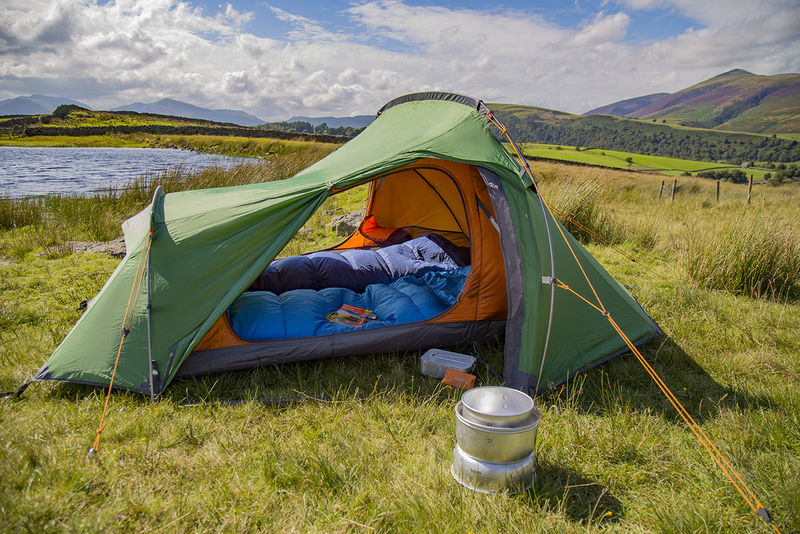
5. Consider Taking Cold or Pre Made Meals Instead of Cooking
After a long hike, I do enjoy a hot meal but I’m often too tired to cook. That’s why I always carry the option to have a cold meal in the mornings or evenings. Cooking is one of the most enjoyable things about wild camping but it’s also messy at times and not always ideal in especially bad weather. What’s more, I’ve often found a cold chicken tikka wrap to be just as enjoyable as a hot meal of any kind- especially if someone made the wrap for me!
6. Aim for a Wild Camping Spot Away from Built Up Areas
I find that picking a forest area can be especially reliable for wild camping. A forest is most often a sheltered and calm place to camp but also one in which you’ll be out of sight. In terms of choosing a spot, it’s also quite easy to pick out forested areas on any GPS or physical map.
You should also notice it’s harder to find a wild camping spot near a town or built up area. This means if you are hiking a long distance trail such as the Kerry Way or the Wicklow Way, it’s best to pick out some potential wild camping areas either long before or after such places.

7. Choose a Safe and Comfortable Spot (Near a Water Source)
Camping on a bed of pine needles is a beautiful thing and much better than a bed of stones or especially hard ground. That being said, none of this matters if it rains and you’re pitched in a ditch or depressed area that’s likely to flood or become waterlogged. It’s also important to stay clear of any dead trees or branches and avoid exposed areas when the weather is particularly wild. The last thing I would mention is the convenience of having a nearby water source. This will not only mean that you can use as much water as you like but a water source also makes washing dishes (and yourself) much easier. On the other hand, maybe it’s a spot known for midges? In which case, midges like water and this might be something to avoid.
8. Wait Until Nightfall to Pitch Your Tent
If you want to avoid getting moved on, it’s best to wait until nightfall to pitch your tent. I actually do this so that I won’t be thinking or worrying about having to relocate. It obviously won’t matter as much deep inside Wicklow National Park but it’s a decent rule of thumb.
For the sake of the wild camping community, I also suggest you pack up and leave at first light. It’s not about getting caught but rather about making every effort not to disturb locals and to help the wild camping community avoid any unwanted attention.
9. Don’t Underestimate the Importance of a Headlamp
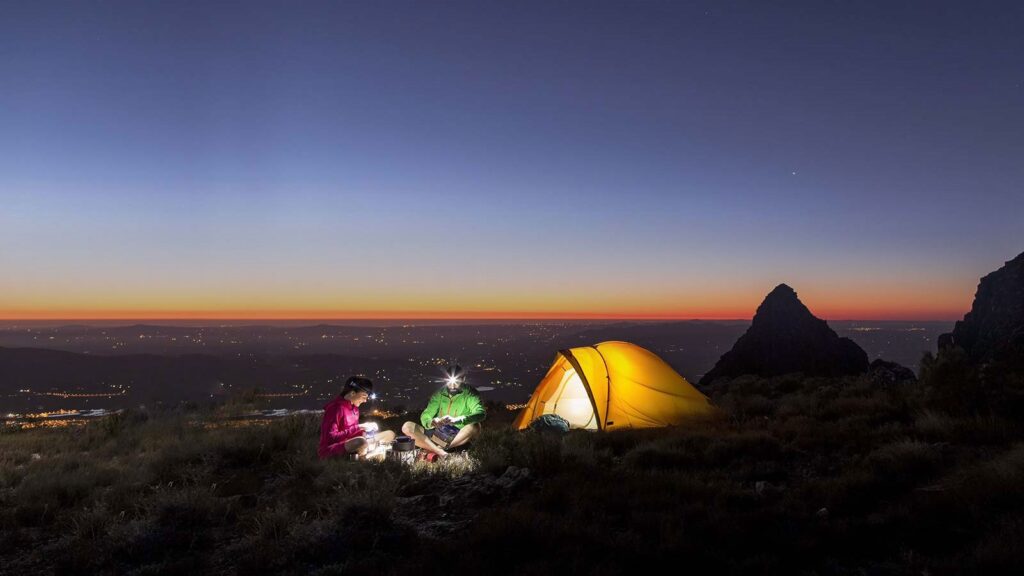
I used to lead camping safaris in Africa. Before these trips, I would often pick up a few headlamps as my guests would often show up without one. You see, many of these guests had never gone camping before or tried to pitch a tent in the dark – without a headlamp. It might seem like a rather obvious or minor matter but you need both hands to pitch a tent which will inevitably make the process a little more than frustrating. The same goes for cooking in the dark, reading in the dark and going to the toilet in the dark – you get the idea!
10. Use Reusable Dry Bags (And not Plastic Bags)
I try not to use plastic bags wherever possible and dry bags are the ideal replacement. It’s important to use these bags to ensure your gear is fully protected from the elements. The truth is, backpacks can leak and a dry bag will ensure your backup gear is properly stored.
Just so you know, I use reusable Ziploc bags for food. However, I not only use a dry bag for my spare clothing but I also have a separate dry bag for my cooking equipment, sleeping bag and electronics. You can never be too careful but you should also find these precautions will serve you well on future trips.
Now, here’s a quick look at a basic packing list for wild camping. Please remember this is a basic outline and you will need more or less gear depending on various factors/conditions.
Basic Packing List for Wild Camping
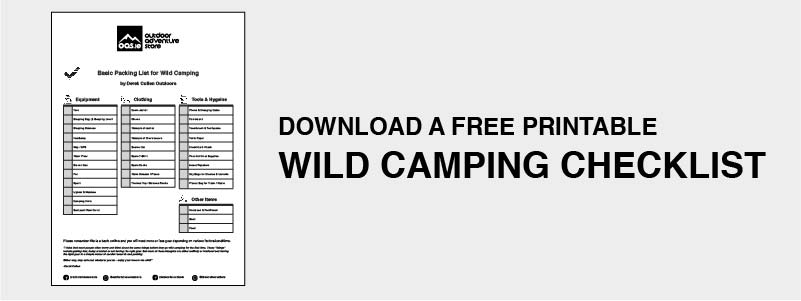
- Tent
- Sleeping Bag (& Sleeping Bag Liner)
- Sleeping Mattress
- Down Jacket
- Gloves
- Rain Jacket
- Rain Pants
- Beanie Hat
- Backpack Rain Cover
- Dry Bags
- Spare T-Shirt
- Spare Socks
- Warm Sweater
- Thermal Top / Bottoms / Socks
- Headlamp
- Map / GPS
- Water Filter
- Stove / Gas
- Pot
- Spork
- Lighter & Matches
- Camping Knife
- Phone
- Powerbank
- Charging Cable
- Toothbrush & Toothpaste
- Toilet Paper
- Credit Card / Cash
- Plastic Bag for packing Trash / Waste
Final Thoughts
I think that most people often worry and think about the same things before they go wild camping for the first time. These “things” include getting lost, being attacked or not having the right gear. But most of these thoughts are either unlikely or irrational and having the right gear is a simple matter of careful research and packing.
End.
Either way, stay safe and whatever you do – enjoy your time in the wild!

